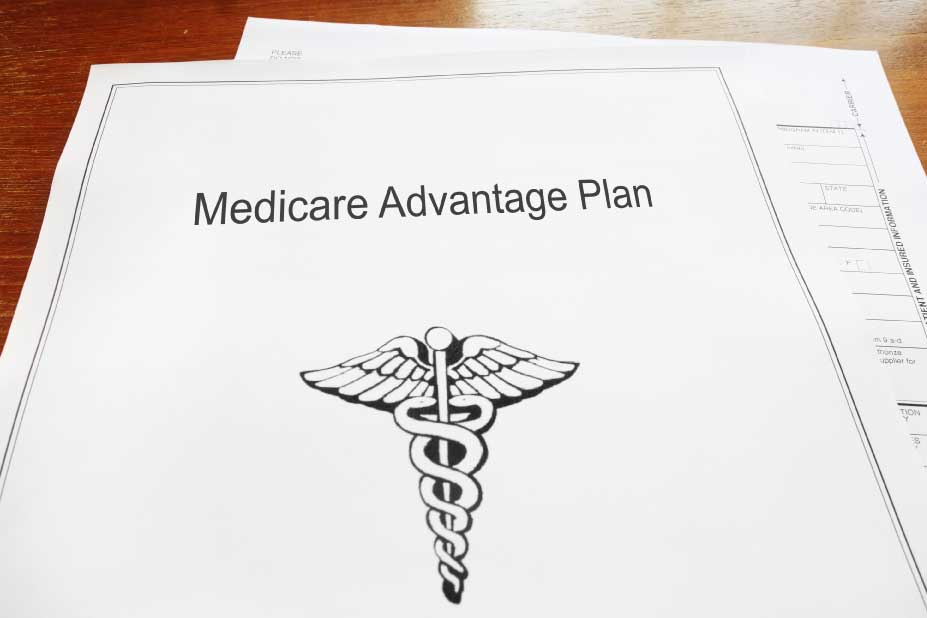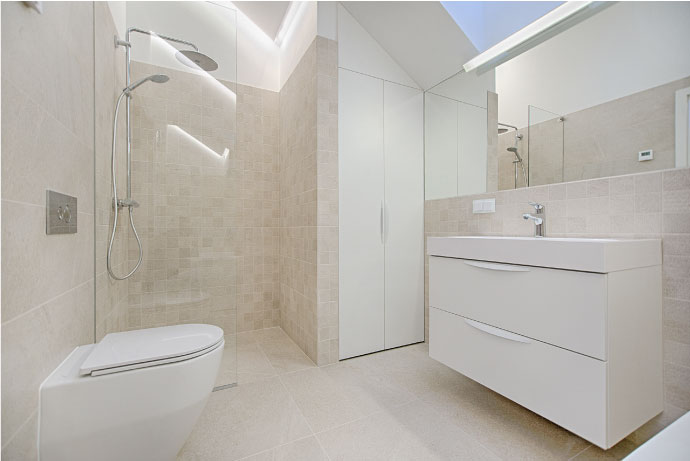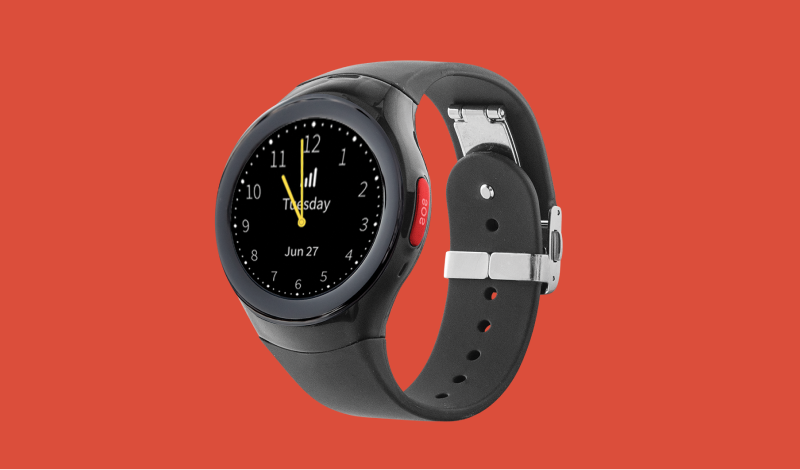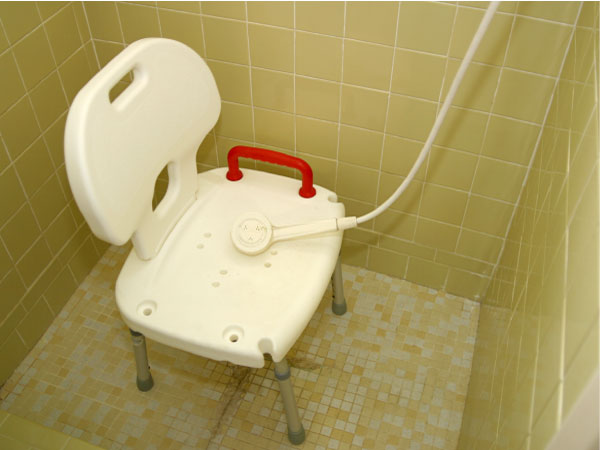If you’re confused about what Medicare does and doesn’t cover, you’re far from alone. With its maze of enrollment periods, policy variations, and bureaucratic hurdles, Medicare can be hard to navigate. In fact, more than half of all Medicare users say they’ve run into some kind of coverage issue in the past year.
Still, despite its complexity, Medicare remains a vital resource, significantly reducing the financial burden of healthcare for millions of seniors. It helps cover a broad range of services including preventive care, hospital stays, and skilled nursing. But what about home modifications and equipment that support aging in place?
That’s where things get tricky.
Traditional Medicare Part B typically does not cover common bathroom safety items like shower chairs, grab bars, or toilet risers. These products are not considered durable medical equipment (DME) under Medicare’s guidelines.
Many senior advocates have called for change, and with good reason: falls are the leading cause of injury for older Americans and account for approximately $31 billion in annual healthcare costs. Bathrooms and stairs are among the most dangerous areas in the home. Products like grab bars and shower chairs are proven to reduce these risks but are still often dismissed as “comfort or convenience” items under Medicare’s current rules.
Though Medicare has started allowing coverage for some non-medical services in the field of home care service, it still generally classifies home safety items as “not medically necessary.” This is unfortunate, especially given how important these products are for helping older adults remain safely in their homes.
Medicare’s Durable Medical Equipment Coverage Terms

Medicare Part B only covers items that meet its strict definition of durable medical equipment. To qualify as DME, an item must:
- Serve a specific medical purpose.
- Be intended for home use.
- Be useless to someone who is not sick or injured.
- Be built to last at least three years.
- Be reusable, not disposable.
Additionally, the equipment must be prescribed by a doctor who participates in Medicare, and the prescription must detail how long the equipment is medically necessary. Items must be purchased or rented through a Medicare-approved supplier.
Keep in mind that Medicare Part B only pays 80% of the approved amount after your deductible. If you have a Medigap plan, it will only cover what Medicare approves – so if Medicare says no, your Medigap plan will too.
Medicare Advantage Plan Coverage for Shower Chairs and Grab Bars

Unlike Original Medicare, Medicare Advantage (Part C) plans have more flexibility in what they cover. Many Advantage plans include extras like dental, vision, or wellness benefits. Some even offer over-the-counter (OTC) allowances that can be used to purchase health-related items—including some bathroom safety equipment like shower chairs or raised toilet seats.
However, coverage varies widely by plan, so it’s essential to check directly with your provider to see if your plan includes these types of benefits.
Veteran’s Administration Coverage for Home Safety Modifications
If you’re a veteran, you might qualify for help through the VA’s Home Improvements and Structural Alterations (HISA) grant. This program provides financial support to disabled veterans (including some with non-service-connected conditions) who need to make safety or accessibility modifications to their homes.
HISA grants can be used for:
- Modifying doorways and entryways.
- Installing or upgrading essential bathroom fixtures.
- Adjusting sink and counter heights.
- Improving ramps or walkways.
- Updating plumbing or electrical systems for medical needs.
To qualify, the modifications must be prescribed by a VA physician as medically necessary. The lifetime benefit cap is $6,800. Veterans should speak with their VA caseworker to see if they qualify and how to get started.
The Importance of Bathroom Safety for Seniors

If you’ve ever slipped in the shower or on a wet bathroom floor, you know how quickly an accident can happen. As we age, falls become more serious and more likely to require medical care, or even hospitalization.
That’s why preventing falls is the cornerstone of safe home design for older adults. A few bathroom safety tips include:
- Make sure bath mats and rugs are non-slip.
- Consider waterproof, non-slip floor tape for tile or slick flooring.
- Use shower chairs or walk-in tubs to reduce the risk of slipping during bathing.
- Install raised toilet seats for easier and safer transfers.
- Look into broader bathroom renovations designed for aging in place.
For added security, consider using an emergency alert system. Devices with fall detection can call for help automatically, even if the user can’t speak or push a button.
Bay Alarm Medical offers discreet, voice-activated systems that don’t require wearing a pendant or bracelet. These devices blend into your home and can be placed in high-risk areas like bathrooms, bedrooms, and stairwells to provide fast access to help when it’s needed most.
Contact us at 1-877-522-9633 to learn more about our systems and how you can try one risk-free for 30 days.















